Creating DIY Decorative Plates for Your Kitchen
Are you ready to transform your kitchen into a vibrant space that reflects your personality? Creating DIY decorative plates is a fantastic way to add a unique touch to your home. Not only do these plates serve as eye-catching décor, but they also provide an opportunity for you to express your creativity. Imagine walking into your kitchen and being greeted by colorful, personalized plates that showcase your artistic flair. It's like having a gallery of your own making right on your walls or shelves!
In this article, we will explore some creative methods to design and craft decorative plates that enhance your kitchen's aesthetic. From selecting the right base plates to choosing the perfect materials and techniques, we’ve got you covered. You’ll discover how to personalize your space with unique, handmade items that not only look great but also tell a story. So, let’s dive in and unleash your inner artist!
Selecting the perfect base plates is crucial for your DIY project. Think of your plate as a blank canvas waiting for a masterpiece. You want to consider various factors such as materials, sizes, and shapes that will complement your kitchen décor while providing a suitable canvas for your artistic designs. For instance, ceramic plates offer a classic look, while glass plates can add a modern twist. The size of the plates will also play a significant role in your design; larger plates can serve as a statement piece, while smaller ones can be grouped for a charming effect.
Here are a few tips to help you choose the right plates:
- Material: Opt for materials that suit your design vision and kitchen style.
- Shape: Experiment with different shapes like round, square, or even irregular forms to create visual interest.
- Size: Consider the scale of your kitchen space and how the plates will fit into it.
Gathering the right materials and tools is essential for a successful DIY project. Think of it like preparing for a big cooking adventure; having everything you need at hand will make the process smoother and more enjoyable. You’ll need a variety of supplies to ensure your decorative plates turn out beautifully. Here’s a quick rundown of what you’ll need:
| Material/Tool | Purpose |
|---|---|
| Base Plates | The foundation for your designs. |
| Acrylic Paints | Vibrant colors that are easy to work with. |
| Brushes | For applying paint and creating designs. |
| Sealants | To protect your artwork and ensure durability. |
Different paint types yield various effects on decorative plates. Exploring your options is like tasting different flavors before deciding on your favorite. Acrylic paint is a popular choice because it's versatile and dries quickly. On the other hand, porcelain paint can give your plates a glossy finish that's perfect for a classic look. If you're after a more rustic vibe, chalk paint can provide a beautiful matte finish that adds character.
For those concerned about safety, especially in a kitchen environment, non-toxic paint options are available. You can find eco-friendly paints that are safe for food contact and suitable for kitchen use. This way, you can craft with peace of mind, knowing that your artistic creations are not only beautiful but also safe for your family.
Learn various techniques for applying paint to your plates, such as sponging, stenciling, or freehand painting. Each method offers unique results, allowing for creativity and personalization in your designs. Sponging can create a soft, textured look, while stenciling offers precision for intricate patterns. Freehand painting is perfect for those who want to let their imagination run wild!
After painting your plates, applying a sealant is crucial for longevity. Think of it as the protective layer that keeps your masterpiece safe from wear and tear. This section discusses the best sealing methods to protect your designs while ensuring they remain vibrant. Whether you choose a spray sealant or a brush-on option, make sure to follow the manufacturer's instructions for the best results.
Once your decorative plates are complete, displaying them creatively enhances your kitchen's aesthetics. Imagine your beautiful creations adorning your walls or shelves, catching the eye of anyone who enters. Explore various display options, including wall mounts, plate stands, and shadow boxes, to showcase your artwork. Each display method can create a different ambiance, so feel free to experiment!
A plate wall can be a stunning focal point in your kitchen. It’s like creating a gallery that tells your story. Learn how to arrange your decorative plates for visual impact, including tips on spacing, alignment, and color coordination. Remember, the key is to create balance while allowing each plate to shine.
Switching out plates seasonally adds freshness to your kitchen. Just like changing your wardrobe with the seasons, your kitchen décor can reflect the time of year. Discover ideas for creating themed displays that celebrate holidays and seasonal changes, keeping your décor lively and engaging throughout the year. It’s an easy way to keep your space feeling new and exciting!
Q: Can I use regular paint on plates?
A: Regular paint may not adhere well or be safe for food contact. It’s best to use paint specifically designed for ceramics or glass.
Q: How do I clean my decorative plates?
A: Hand wash your plates gently with mild soap and water. Avoid abrasive sponges that can scratch the surface.
Q: Are these plates safe for food use?
A: If you use non-toxic, food-safe paint and sealant, your plates can be safe for food. However, it’s best to use them primarily for decorative purposes.
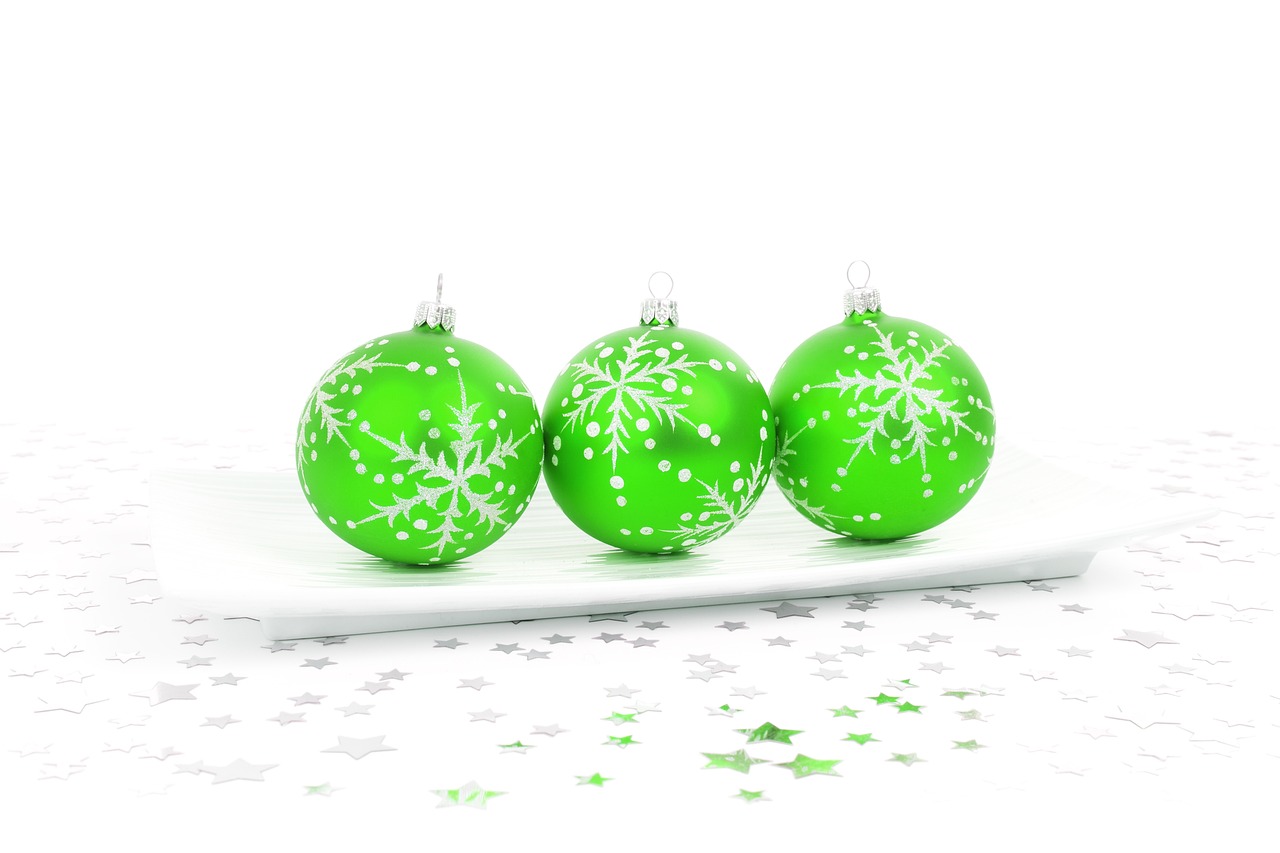
Choosing the Right Plates
When it comes to crafting your own decorative plates, choosing the right base plates is crucial for ensuring that your artistic vision comes to life. Think of your plates as the blank canvas of a painter; the quality and characteristics of the canvas can significantly influence the final masterpiece. So, what should you look for? First off, consider the material. Common options include ceramic, glass, and melamine. Each material has its own unique properties and aesthetic appeal:
| Material | Characteristics | Best For |
|---|---|---|
| Ceramic | Durable, heat-resistant, versatile | Elegant designs, intricate artwork |
| Glass | Translucent, reflective, delicate | Modern and minimalist designs |
| Melamine | Lightweight, shatter-resistant, colorful | Casual settings, vibrant designs |
Next, think about the size and shape of the plates. Round plates are classic and versatile, while square or rectangular plates can add a modern twist to your decor. If you’re aiming for a thematic display, consider mixing different shapes and sizes for a more dynamic look. Just like a well-composed photograph, the arrangement of your plates can create a visual narrative.
Another aspect to consider is the color. Opt for colors that either complement or contrast with your kitchen decor. If your kitchen features a lot of warm tones, perhaps a set of cool-toned plates could provide a striking contrast, drawing the eye and adding depth. Conversely, if your kitchen is more neutral, vibrant colors can serve as delightful pops of personality.
Don’t forget to reflect on the style you want to achieve. Are you going for a rustic farmhouse vibe, a sleek modern aesthetic, or perhaps a bohemian flair? Your choice of plates should resonate with the overall theme of your kitchen. For instance, vintage plates adorned with floral patterns can evoke a homey, nostalgic feel, while minimalist designs can enhance a contemporary space.
Ultimately, the right plates will not only serve as a backdrop for your artistic endeavors but will also enhance the overall ambiance of your kitchen. So, take your time in selecting plates that resonate with your personal style and the atmosphere you wish to create. After all, these decorative items will serve as a reflection of your creativity and taste, turning your kitchen into a vibrant, personalized space.
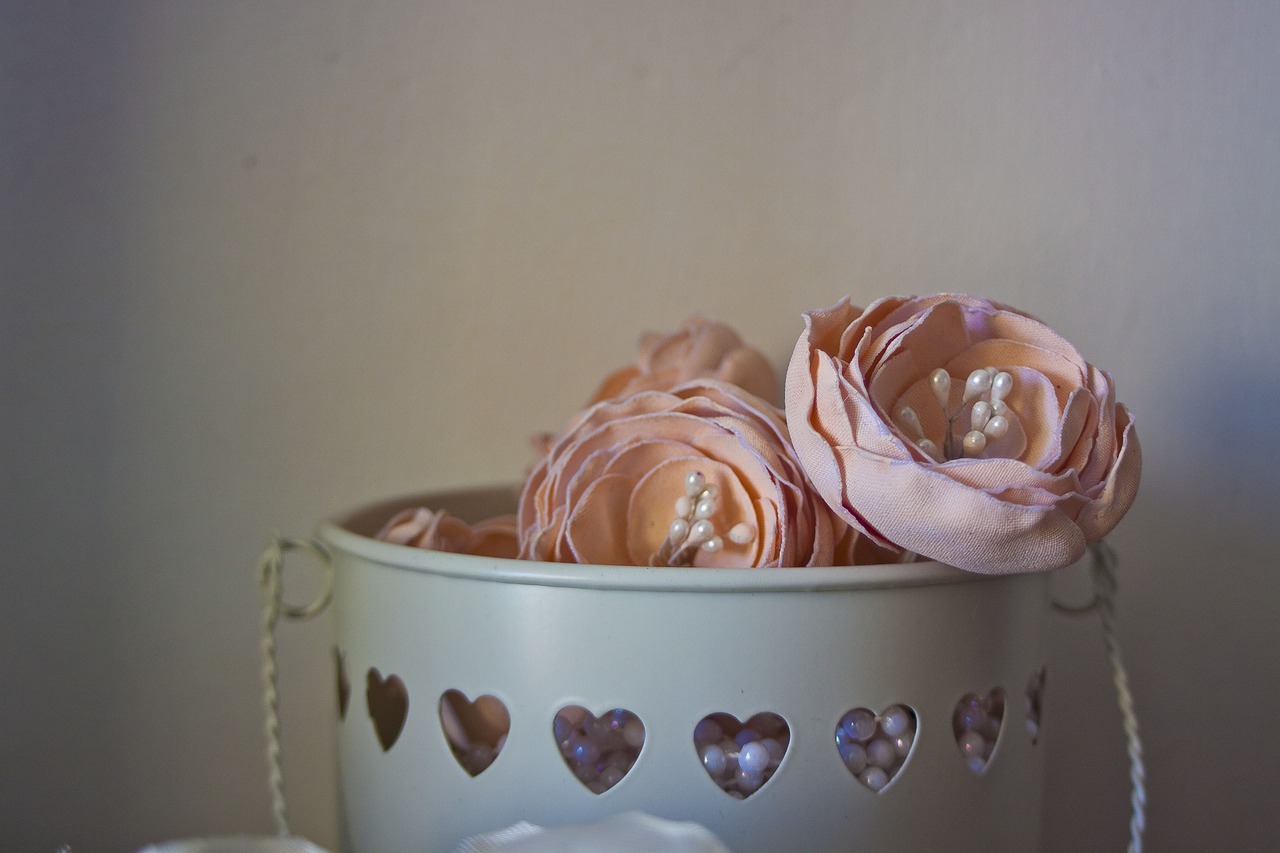
Materials and Tools Needed
When embarking on your DIY decorative plate project, having the right materials and tools is absolutely essential for achieving stunning results. Imagine starting with a blank canvas, and your choice of supplies will dictate the vibrancy and uniqueness of your final piece. First and foremost, you'll need plates as your base. These can be made from various materials such as ceramic, glass, or even wood, each offering a different aesthetic and texture. Ceramic plates are particularly popular due to their durability and smooth surface, making them ideal for painting.
Next, let’s talk about paints. The type of paint you choose can significantly affect the outcome of your project. Acrylic paints are a fantastic choice for beginners due to their ease of use and quick drying time. On the other hand, porcelain paints are excellent for achieving a glossy finish that can withstand the test of time. If you're aiming for a matte look, consider using chalk paint, which also adds a rustic charm to your decorative plates.
In addition to paints, you'll require some brushes and other application tools. A variety of brush sizes will help you achieve different effects, from fine details to broad strokes. Don’t forget about sponges for techniques like sponging or stippling, which can add texture to your designs. If you’re feeling adventurous, stencils can also be a great way to create intricate patterns without the stress of freehand painting.
To ensure your artwork lasts, you'll need a good sealant. A clear acrylic sealer will protect your designs from scratches and fading, allowing your plates to shine for years to come. Make sure to choose a sealant that is safe for food contact if you plan to use your plates for serving.
Here’s a quick summary of the essential materials and tools you’ll need:
| Item | Purpose |
|---|---|
| Plates | Base for your designs |
| Paints (Acrylic, Porcelain, Chalk) | For adding color and design |
| Brushes and Sponges | Application tools for painting techniques |
| Sealant | To protect your finished designs |
As you gather your supplies, remember that the beauty of DIY is in the personal touch. Feel free to explore various materials and tools that resonate with your style and creativity. The right combination will not only make your plates visually appealing but also a true reflection of your artistic vision.

Paint Types for Decorative Plates
When it comes to creating stunning decorative plates, choosing the right paint is essential for achieving the desired look and durability. Each paint type brings its own unique characteristics, allowing you to express your creativity in various ways. Let’s dive into some popular paint options that are perfect for your DIY decorative plate project.
Acrylic paint is a favorite among many DIY enthusiasts due to its versatility and ease of use. It dries quickly, making it perfect for those who want to see their designs come to life without a long waiting period. Acrylics are water-based, which means they are easy to clean up and can be thinned with water for different effects. You can layer colors to create depth or use them straight from the bottle for vibrant, opaque finishes.
Another excellent choice is porcelain paint, specifically designed for ceramics and glass. This type of paint is ideal if you're looking for a more permanent solution because it can withstand washing and is often dishwasher safe. The finish is usually glossy, which adds a beautiful sheen to your plates. However, keep in mind that porcelain paint typically requires baking in an oven to set properly, so be prepared for that extra step!
If you prefer a more rustic, matte finish, chalk paint might be the way to go. This paint offers a unique texture that gives your plates a vintage feel. Chalk paint adheres well to various surfaces, including ceramics, and can be distressed for a charming, worn look. It’s perfect for creating a cozy, farmhouse-style aesthetic in your kitchen.
For those who are environmentally conscious, there are also non-toxic paint options available. These paints are safe for food contact and are made from natural ingredients, ensuring that your decorative plates remain safe for use. Brands like Eco Paints and Green Planet Paints offer a range of colors and finishes without harmful chemicals, making them excellent choices for family-friendly crafting.
To help you decide which paint is best for your project, here’s a quick comparison table:
| Paint Type | Finish | Durability | Cleanup | Special Notes |
|---|---|---|---|---|
| Acrylic Paint | Glossy or Matte | Moderate | Water | Quick drying |
| Porcelain Paint | Glossy | High | Solvent-based | Requires baking |
| Chalk Paint | Matte | Moderate | Water | Can be distressed |
| Non-Toxic Paint | Varies | Moderate | Water | Safe for food contact |
Ultimately, the paint you choose will depend on your personal style and the look you want to achieve. Don’t hesitate to experiment with different types and techniques to find what resonates with you. Remember, your decorative plates are a reflection of your personality, so let your creativity shine through!

Non-Toxic Paint Options
When embarking on your journey to create stunning decorative plates, it's crucial to consider the safety of the materials you use, especially in a kitchen setting. have become increasingly popular among DIY enthusiasts who want to ensure that their creations are not only beautiful but also safe for food contact. Imagine serving your favorite dishes on plates that are not only visually appealing but also free from harmful chemicals!
There are several types of non-toxic paints available that cater to different artistic needs. Acrylic paints are a fantastic choice for those looking to achieve vibrant colors and quick-drying finishes. They are water-based and easy to clean up, making them a favorite among crafters. For a more durable finish, consider porcelain paints, which are specifically formulated for ceramic surfaces and can withstand washing. These paints often come in a variety of finishes, including glossy and matte, allowing you to customize the look of your plates.
If you're leaning towards a more rustic or vintage feel, chalk paints might be your best bet. These paints provide a soft, matte finish that can be easily distressed for a charming, shabby chic look. However, be sure to seal your chalk-painted plates properly to protect your designs from wear and tear.
As you explore your options, keep in mind that many brands now offer eco-friendly paints that are not only non-toxic but also made from sustainable materials. These paints often have low or no volatile organic compounds (VOCs), making them safer for both you and the environment. Brands like Milk Paint and Natural Earth Paint provide excellent alternatives that are safe for food contact and perfect for your kitchen projects.
In addition to paint types, the application method can also impact the safety and durability of your decorative plates. Always check the manufacturer's guidelines to ensure that the paint you choose is appropriate for the intended use, especially when it comes to food contact. It's worth taking the time to research and select the best non-toxic options, as they will not only enhance the beauty of your plates but also provide peace of mind for you and your family.
In conclusion, opting for non-toxic paint options is a smart choice when creating decorative plates for your kitchen. With a myriad of choices available, you can let your creativity run wild while ensuring that your artistic endeavors are safe and environmentally friendly. Remember, the best part of DIY is not just crafting something unique but also knowing that it’s made with care for your home and health!
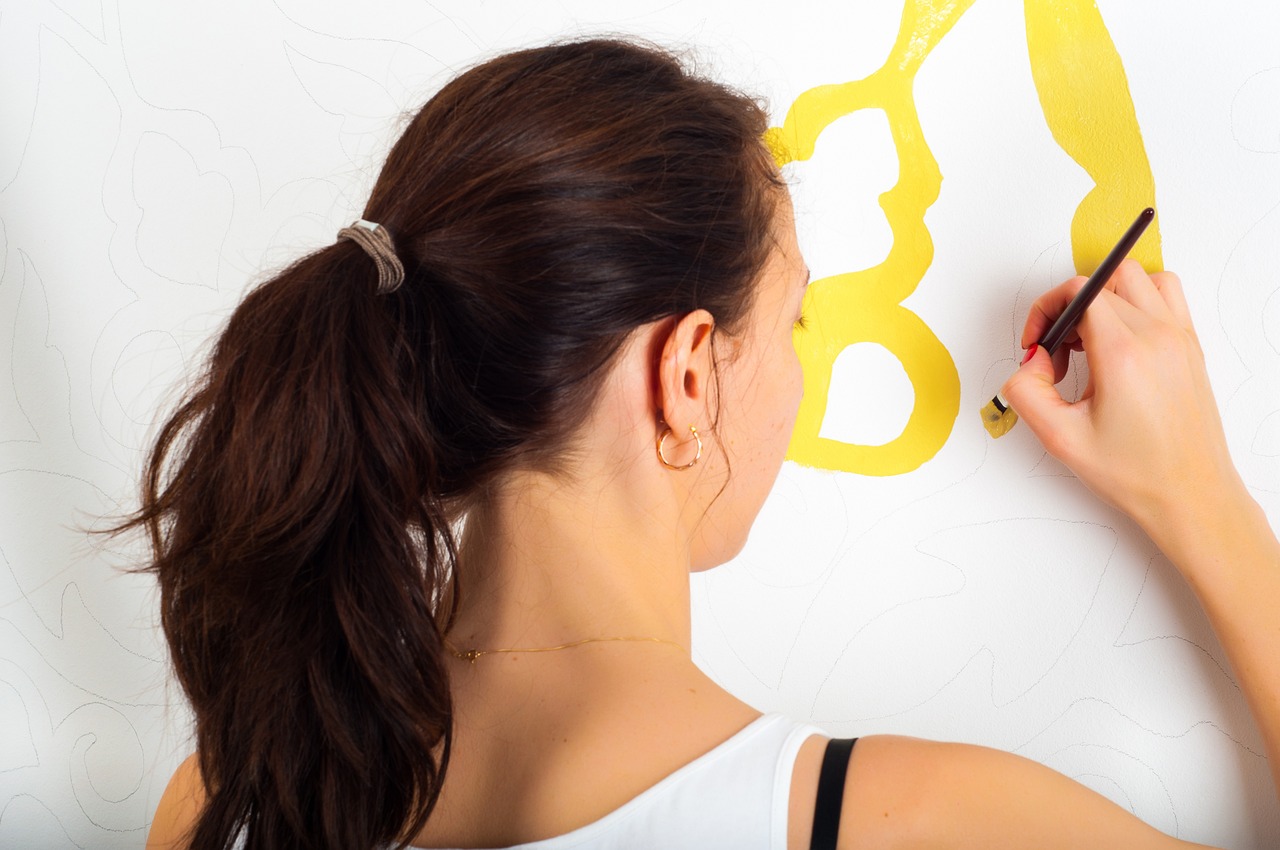
Applying Paint Techniques
When it comes to transforming your plain plates into stunning decorative pieces, the technique you choose to apply the paint can make all the difference. Different methods can yield various textures and styles, allowing your creativity to shine through. So, let’s dive into some popular techniques that can elevate your DIY project!
One of the simplest yet most effective methods is sponging. This technique involves using a sponge to dab paint onto the plate, creating a soft, textured effect. It’s perfect for achieving a subtle, layered look. You can mix colors to create depth and dimension, which can be especially beautiful if you’re going for a natural or abstract design. Just remember to use a light touch—less is often more!
Another fun technique is stenciling. If you’re looking for precision and clean lines, stenciling is your best friend. You can find a variety of stencils online or create your own using cardstock. Place the stencil on your plate, secure it with tape, and then apply paint with a brush or sponge. This method is fantastic for creating intricate patterns or designs that are hard to achieve freehand. Plus, it’s a great way to incorporate words or phrases that resonate with you.
If you’re feeling adventurous, why not try freehand painting? This method allows for complete freedom of expression. Grab your brush and let your imagination run wild! Whether you want to paint a scenic landscape, vibrant florals, or abstract shapes, freehand painting can result in unique, one-of-a-kind pieces. Just keep in mind that practice makes perfect—don’t hesitate to experiment and make mistakes; it’s all part of the creative process!
For those who enjoy a bit of sparkle, consider adding some metallic paints to your palette. Metallics can add a touch of glamour and sophistication to your plates. You can use them for accents or as the primary color, depending on your style. When applying metallic paint, be mindful of the drying time, as it can sometimes take longer than regular paint.
Regardless of the technique you choose, always remember to work in a well-ventilated area and protect your workspace with newspaper or a drop cloth. And, if you’re using multiple colors, allow each layer to dry before applying the next to avoid muddying your design. The beauty of DIY decorative plates lies in the personal touch you bring to each piece, so don’t be afraid to experiment and find what works best for you!
In summary, whether you opt for sponging, stenciling, freehand painting, or even incorporating metallics, each technique offers its own charm and character to your decorative plates. The key is to have fun and let your creativity flow. Your kitchen will thank you for the vibrant, personalized touch!
- What type of paint is best for decorative plates?
Acrylic and porcelain paints are popular choices for their durability and vibrant colors. - Can I use my decorative plates for food?
It’s best to use non-toxic paints and sealants if you plan to serve food on them. - How do I seal my painted plates?
You can use a clear acrylic sealant or a food-safe epoxy to protect your designs. - How do I clean my decorative plates?
Hand washing with mild soap and water is recommended to preserve the artwork.

Finishing Touches and Sealing
After you’ve poured your heart and soul into painting your decorative plates, it's time for the finishing touches that will ensure your creations last and look stunning for years to come. Think of this stage as the icing on the cake; it not only enhances the beauty but also protects your hard work from everyday wear and tear. The first step in this process is to apply a sealant. Sealants act as a protective barrier, shielding your artwork from scratches, chips, and fading due to exposure to light.
When selecting a sealant, you have a variety of options to consider. Here’s a quick overview of some common types:
| Sealant Type | Best For | Application Method |
|---|---|---|
| Acrylic Spray Sealant | General use, quick-drying | Spray evenly from a distance |
| Clear Gloss or Matte Finish | Adding shine or a subtle look | Brush or sponge application |
| Food-Safe Sealant | Plates intended for food use | Brush or spray, follow instructions |
To apply your chosen sealant, make sure your painted plates are completely dry. This is crucial; otherwise, you risk smudging your artwork. If you’re using a spray sealant, take your plates outside or into a well-ventilated area. Hold the spray can about 6-12 inches away from the surface and apply a light, even coat. If you prefer a brush-on sealant, use a soft brush to gently coat the surface, avoiding heavy strokes that could disturb your design.
Once the sealant is applied, allow your plates to dry completely. This drying time can vary depending on the type of sealant used, so be sure to check the manufacturer’s instructions. A general rule of thumb is to let them sit for at least 24 hours before handling them. After the drying period, you can further enhance the durability of your plates by applying a second coat of sealant, especially if they will be displayed or used frequently.
Remember, the goal of sealing your plates is not just to protect them but also to enhance the vibrancy of your colors. A well-sealed plate will maintain its beauty, allowing your artistic vision to shine through for years to come. So take the time to get this step right, and your decorative plates will be a stunning addition to your kitchen décor.
- Can I use my decorative plates for serving food? - If you use food-safe sealants and non-toxic paints, you can serve food on them, but it's best to reserve them for display.
- How do I clean my painted plates? - Hand wash them with mild soap and water, avoiding abrasive sponges that could scratch the surface.
- What if I want to change the design later? - You can repaint or touch up your plates, but ensure you remove the old sealant first for better adhesion.
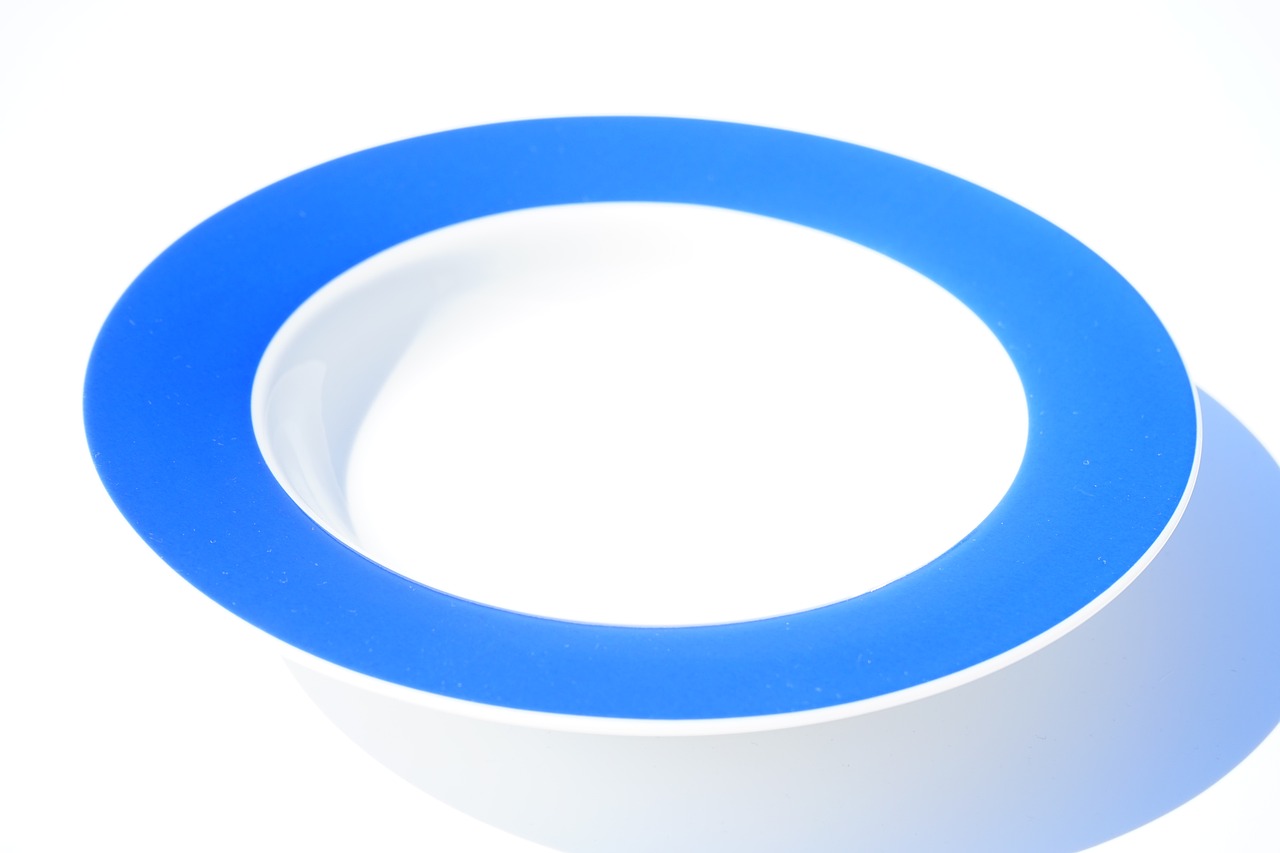
Display Ideas for Your Plates
Once your decorative plates are complete, it's time to think about how to showcase them in your kitchen. A well-displayed plate can transform a mundane space into a vibrant focal point, adding character and charm. You might be wondering, "How can I display my plates in a way that really stands out?" Well, there are several creative ways to do just that! From wall mounts to plate stands, each method offers a unique way to highlight your artistic creations.
One of the most popular ways to display decorative plates is by creating a plate wall. This involves arranging your plates on a wall to create a stunning visual impact. To achieve this look, consider the following tips:
- Spacing: Leave enough space between each plate to let them breathe. A good rule of thumb is to keep at least 2-3 inches apart.
- Alignment: Decide whether you want a symmetrical arrangement or a more eclectic look. Both can be equally appealing!
- Color Coordination: Group plates by color or pattern to create a cohesive look. This can add depth and interest to your display.
If you’re not keen on committing to a permanent wall display, consider using plate stands. These are perfect for showcasing your plates on countertops, shelves, or dining tables. They come in various styles, from rustic wooden stands to sleek modern designs, allowing you to choose one that complements your kitchen's aesthetic. Additionally, you can mix and match sizes and shapes to create a dynamic display that draws the eye.
Another creative option is to use shadow boxes. These allow you to create a three-dimensional display by adding depth to your decorative plates. You can include other decorative elements, like herbs, flowers, or kitchen utensils, to enhance the overall theme. Shadow boxes can be hung on walls or placed on shelves, providing versatility in how you showcase your plates.
Seasonal displays are also a fantastic way to keep your kitchen looking fresh and inviting. By swapping out plates based on the time of year or upcoming holidays, you can keep your décor lively and engaging. For example, during autumn, consider using plates with fall-themed designs, while winter might call for festive holiday motifs. This not only keeps your space feeling current but also allows for a fun and creative way to celebrate different seasons and occasions.
In conclusion, displaying your DIY decorative plates can be an enjoyable and rewarding experience. Whether you opt for a plate wall, stylish stands, or shadow boxes, the key is to let your creativity shine. Remember, your kitchen is a reflection of your personality, so have fun with it! With a little imagination and the right display techniques, your decorative plates will not only serve as beautiful art pieces but also as conversation starters in your home.
1. How do I clean my decorative plates without damaging the paint?
It's best to hand wash your decorative plates with mild soap and water. Avoid using abrasive sponges or harsh chemicals, as they can damage the paint. If your plates are sealed properly, they should withstand gentle cleaning.
2. Can I use my decorative plates for serving food?
If you've used food-safe, non-toxic paints and sealed them correctly, your decorative plates can be used for serving food. However, it's advisable to check the manufacturer's guidelines for the paints and sealants you used.
3. How can I change the display easily throughout the year?
Consider using removable adhesive hooks or plate hangers that allow you to easily swap out plates without damaging your walls. This way, you can change your display as often as you like!
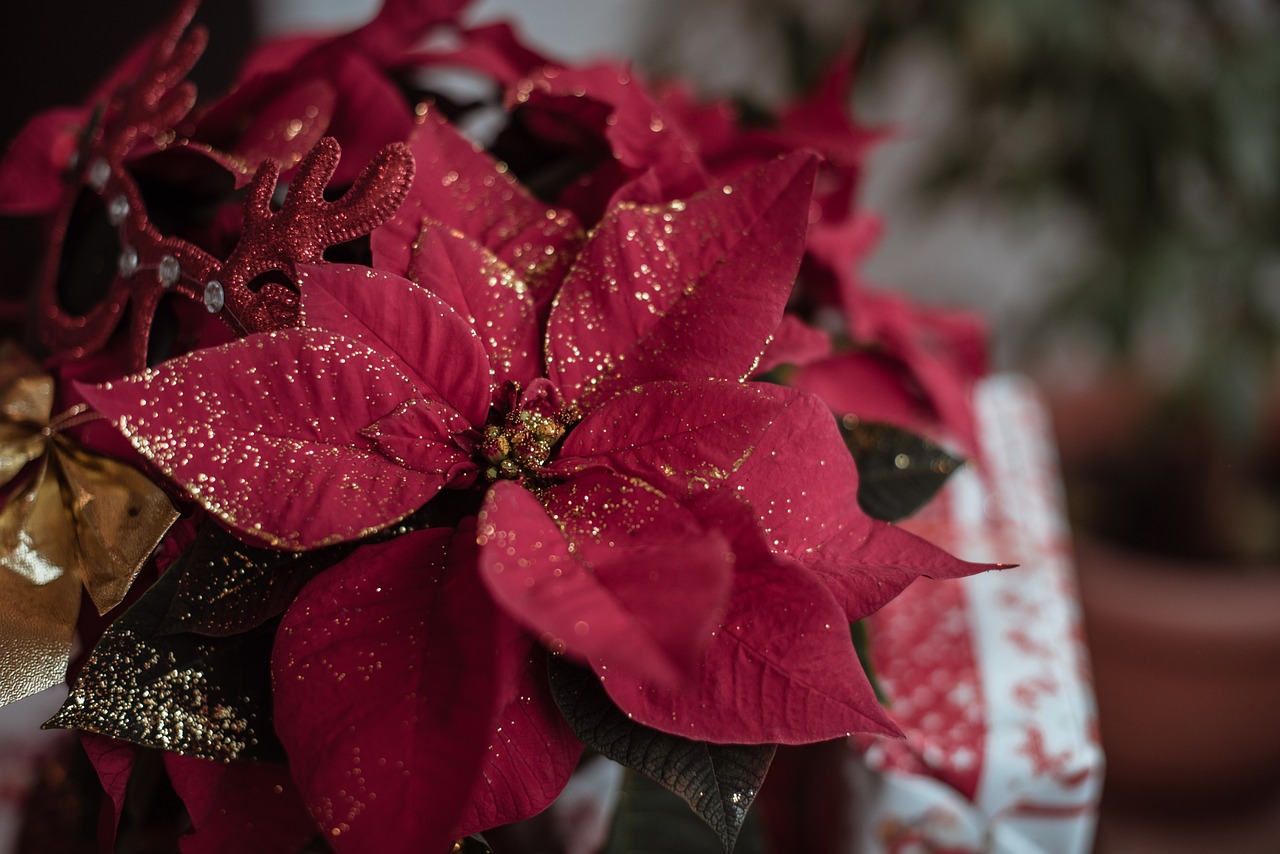
Creating a Plate Wall
Creating a plate wall is like painting a masterpiece on a blank canvas; it transforms your kitchen into a gallery of personal expression. Imagine walking into your kitchen and being greeted by a vibrant array of colors, patterns, and textures, all harmoniously displayed on your walls. But how do you achieve this stunning visual impact? First, you need to consider the arrangement of your plates. Think of it as a puzzle where each piece contributes to the overall picture. Start by laying out your plates on the floor to experiment with different configurations. This way, you can visualize how they will look on the wall without making any permanent decisions.
When it comes to spacing, a good rule of thumb is to maintain an equal distance between each plate. However, don’t be afraid to mix things up a bit! For instance, you can create a dynamic look by alternating between larger and smaller plates, or by incorporating decorative elements like framed art or mirrors to break up the monotony. Remember, the goal is to create a balanced yet eclectic look that reflects your personality.
Another important aspect of your plate wall is color coordination. You can choose plates that complement your kitchen's color scheme or go for a bold contrast to make a statement. Consider using a mix of solid colors and patterned plates to add depth and interest. For example, if your kitchen is predominantly white, vibrant plates in shades of blue, yellow, or red can create a cheerful atmosphere. On the other hand, if you prefer a more subdued palette, earthy tones or monochromatic designs can evoke a sense of calm.
Once you’ve decided on the arrangement, it’s time to hang your plates. Use plate hangers or adhesive strips designed for wall mounting to ensure they stay securely in place. If you’re using hooks, make sure they are strong enough to hold the weight of your plates. Additionally, consider the height at which you hang your plates. Ideally, they should be at eye level to create the most visual impact.
Lastly, don’t forget to incorporate seasonal themes into your plate wall. Changing out plates to reflect different holidays or seasons can keep your kitchen feeling fresh and inviting. For instance, you might choose pastel-colored plates for spring, vibrant hues for summer, warm tones for fall, and festive designs for winter. This not only enhances your kitchen’s aesthetics but also keeps the decor lively and engaging throughout the year.
- How do I determine the best arrangement for my plate wall?
Start by laying your plates on the floor to visualize different configurations before hanging them on the wall. - What type of hangers should I use for my plates?
Plate hangers or adhesive strips designed for wall mounting are recommended to ensure your plates stay securely in place. - Can I mix different styles of plates?
Absolutely! Mixing various styles, colors, and sizes can create a unique and personalized look for your plate wall. - How often should I change the plates on my wall?
Changing your plates seasonally or for special occasions can keep your décor feeling fresh and exciting.

Seasonal Plate Displays
Switching out your decorative plates seasonally is an incredible way to keep your kitchen feeling fresh and vibrant throughout the year. Just like changing your wardrobe with the seasons, your decorative plates can reflect the mood and spirit of each time of year. Imagine walking into your kitchen and being greeted by a burst of colors and themes that resonate with the season—whether it's the warm hues of autumn or the bright pastels of spring. This practice not only enhances your kitchen's aesthetic but also keeps your creativity alive!
To get started, think about the different seasons and what they represent. For instance, during spring, you might want to feature plates adorned with floral designs, butterflies, or even pastel colors that evoke a sense of renewal. In contrast, for summer, vibrant colors and beach-themed motifs can bring a feeling of warmth and joy. As the leaves change during fall, consider plates decorated with pumpkins, leaves, and earthy tones. Finally, when winter arrives, snowflakes, holiday themes, or cozy colors can create a magical atmosphere.
Here are a few ideas to inspire your seasonal plate displays:
- Spring: Use plates with floral patterns or bright colors to symbolize new beginnings.
- Summer: Choose plates with beach themes, seashells, or tropical fruits for a fun and lively vibe.
- Fall: Opt for plates featuring autumn leaves, pumpkins, or warm colors like orange and brown.
- Winter: Display plates with snowflakes, holiday motifs, or deep blues and whites to create a cozy feel.
To make your seasonal displays even more engaging, consider creating a themed arrangement. You could dedicate a specific shelf or wall space in your kitchen where you can easily swap out plates as the seasons change. This not only makes it easier to transition between themes but also creates a designated area that draws attention to your beautiful creations. Additionally, think about incorporating other seasonal decorations, such as garlands, candles, or even fresh flowers, to complement your plates and create a cohesive look.
Don't forget about the holidays. Special occasions like Thanksgiving, Christmas, or Easter provide perfect opportunities to showcase themed plates that celebrate the spirit of the season. You can create a festive table setting or hang plates on the wall that reflect the holiday's essence. The best part? You can involve your family in the decorating process, making it a fun and creative activity that everyone can enjoy.
By embracing seasonal plate displays, you not only personalize your kitchen but also create a dynamic environment that evolves throughout the year. It's a simple yet impactful way to express your creativity and ensure that your kitchen remains a warm and inviting space for family and friends alike.
Q: How often should I change my seasonal plate displays?
A: Ideally, you can change your plate displays with each new season or holiday. This keeps your décor fresh and exciting!
Q: Can I use regular plates for seasonal displays?
A: Absolutely! Just ensure they are decorated in a way that reflects the season. You can also use decorative plates specifically designed for display.
Q: What are some easy ways to store off-season plates?
A: Consider using protective storage boxes or bins that are labeled by season. This will make it easy to access them when it's time to switch out your displays.
Q: Are there specific paints I should use for seasonal plates?
A: Yes, look for paints that are non-toxic and suitable for ceramic or porcelain. This ensures safety and durability for your decorative pieces.
Frequently Asked Questions
- What type of plates should I use for my DIY project?
Choosing the right plates is essential! Look for materials like ceramic or glass that can withstand paint and sealants. Consider shapes and sizes that will fit well in your kitchen decor. Round plates are classic, while square or uniquely shaped plates can add a modern twist!
- What materials do I need to get started?
To kick off your DIY decorative plate project, gather some essential materials: plates, non-toxic paints, brushes, and sealants. You might also want sponges or stencils for different painting techniques. Having everything ready will make the process smoother and more enjoyable!
- Are there safe paint options for kitchen use?
Absolutely! If you're concerned about safety, look for eco-friendly, non-toxic paints specifically labeled for food contact. These paints not only keep your crafting safe but also ensure that your beautiful plates can be displayed without worry!
- What are some techniques for applying paint?
There are so many fun techniques to explore! You can try sponging for a textured look, stenciling for precision, or freehand painting for a truly unique design. Each method adds its own flair, so don’t hesitate to experiment!
- How do I seal my painted plates?
Sealing your plates is crucial for protecting your artwork! Use a clear, non-toxic sealant that’s suitable for the paint type you used. Apply it evenly and allow it to dry completely to ensure your designs remain vibrant and intact over time.
- What are some creative ways to display my decorative plates?
Displaying your plates can be just as fun as making them! Consider creating a plate wall for a stunning focal point, using plate stands on countertops, or even placing them in shadow boxes. The key is to arrange them in a way that complements your kitchen's style!
- How can I create a seasonal display with my plates?
Switching out plates for different seasons is a fantastic way to keep your kitchen feeling fresh! Think about themes—like autumn leaves or winter snowflakes—and arrange your plates accordingly. It’s like giving your kitchen a mini makeover throughout the year!



















